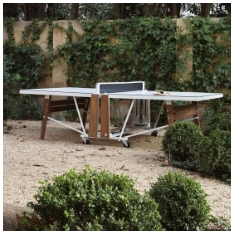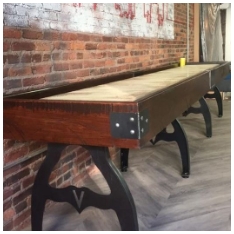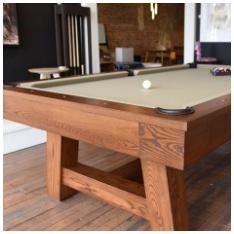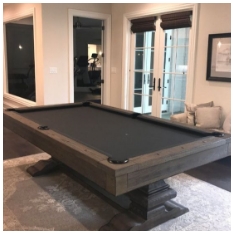Buying a pool table is a long-term investment, whether it’s for your home, a recreational space, or a commercial venue. However, size plays a critical role in both functionality and cost. Understanding pool table dimensions, room space requirements, and usage needs can help you make a smarter purchase and reduce unnecessary expenses.
This guide breaks down everything you need to know to choose the right pool table size & save big this summer!
Understanding Standard Pool Table Sizes
Choosing the right size starts with understanding the standard dimensions of pool tables. These vary by type and intended use.
Common Pool Table Sizes
Here are the most typical sizes available:
- 7-foot table (39" x 78") – Often called a “bar size” pool table. Suitable for smaller spaces.
- 8-foot table (44" x 88") – Referred to as a “home size” table. Offers a balance between playability and space efficiency.
- 9-foot table (50" x 100") – The “tournament size” table. Best suited for professional play and large rooms.
Each size requires a specific amount of surrounding space for comfortable play.
Space Requirements for Each Size
Before purchasing, measure the room where the table will be placed. Below are the minimum room dimensions needed for each table size, assuming a standard 58-inch cue:
- 7-foot table: Room size should be at least 13' x 16'
- 8-foot table: Room size should be at least 13'6" x 17'
- 9-foot table: Room size should be at least 14' x 18'
Accurate measurement prevents restricted movement and accidental wall contact during gameplay.
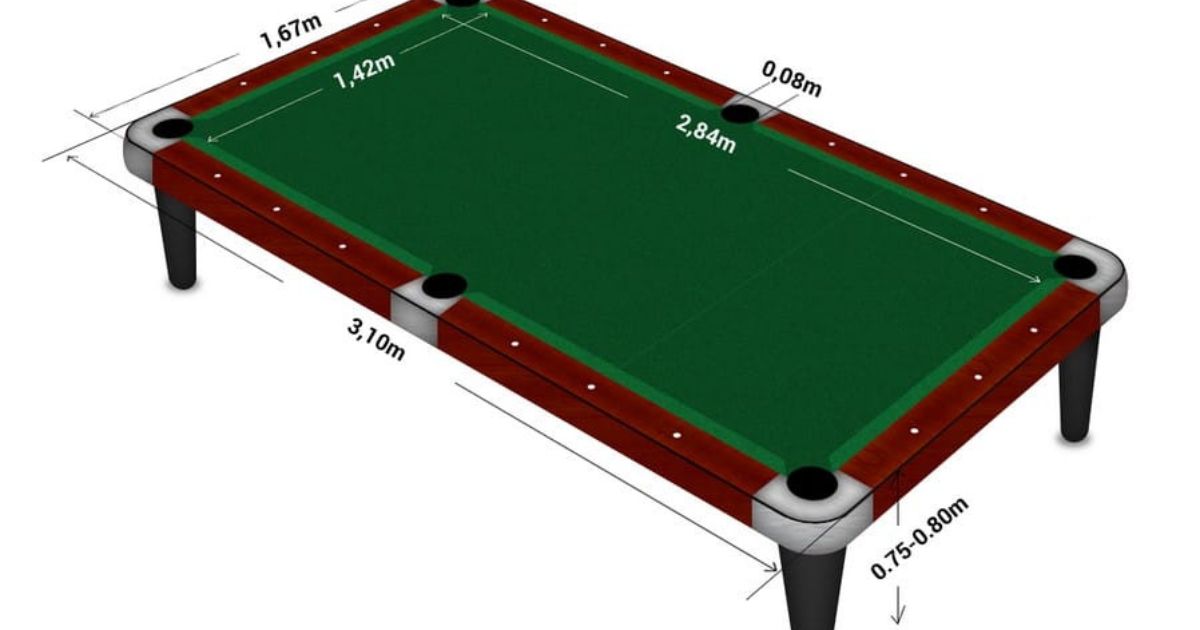
Factors to Consider When Choosing a Pool Table Size
While room dimensions are crucial, they are not the only factor to consider when choosing a pool table.
Purpose of the Table
Will it be used for casual family fun, competitive play, or entertaining guests?
- For family or casual use, a 7-foot or 8-foot table is sufficient.
- For serious or league play, a 9-foot table is often preferred due to its alignment with tournament standards.
Skill Level of Players
Beginner or younger players often find smaller tables less intimidating and easier to use. Conversely, more experienced players may benefit from the challenge and precision required by a larger table.
Room Aesthetics and Layout
Even if space permits, the pool table shouldn’t dominate the room. Consider the visual flow of your space and how the table will integrate with furniture, lighting, and movement paths.
Material and Construction Impact on Cost
Table size affects cost, but materials and craftsmanship also play a major role.
Slate vs. MDF Bed
- Slate Bed Tables are preferred for precision and longevity. However, they are heavier and more expensive.
- MDF Bed Tables are lighter and more affordable but may not offer the same level of play quality or durability.
Larger slate tables are significantly more expensive due to the increased material cost and weight.
Frame and Rail Construction
Solid wood frames and rails provide better durability and stability, especially on larger tables. Engineered wood or laminate finishes reduce cost but may compromise longevity.
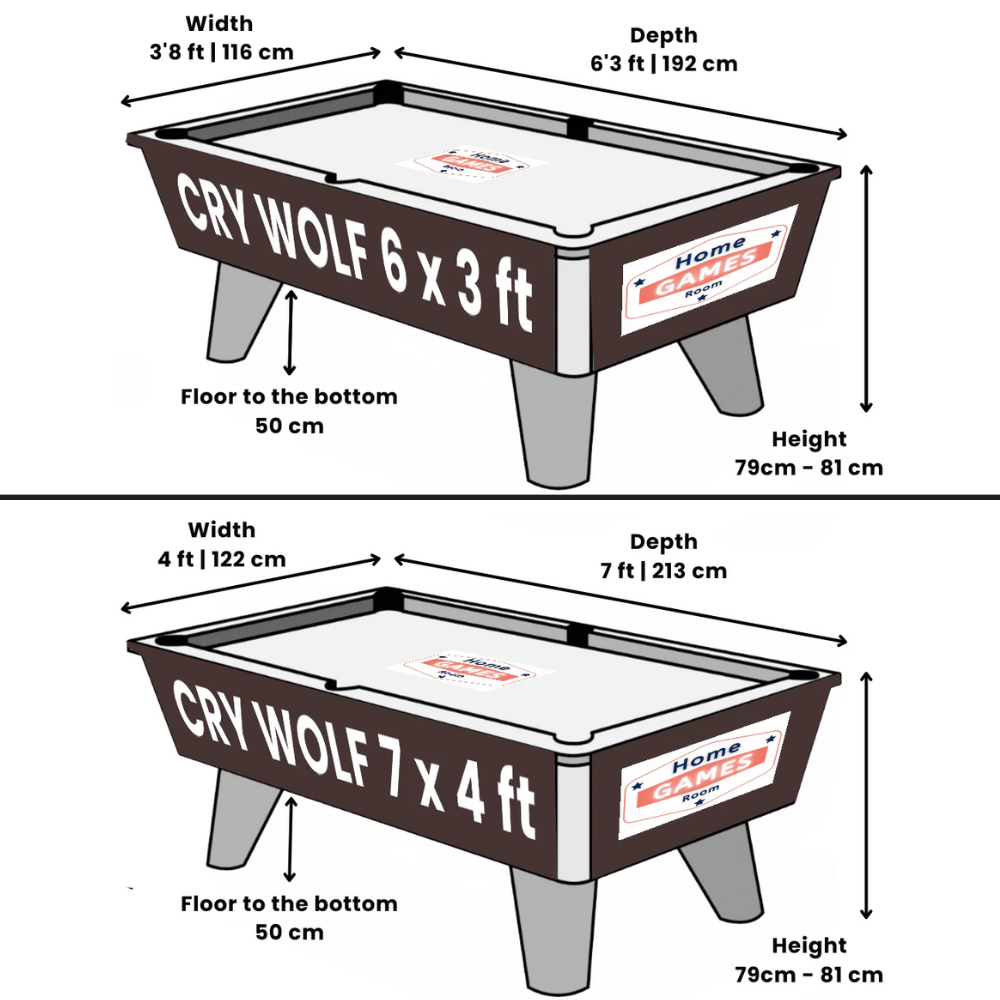
Installation and Moving Considerations
Larger tables are not just costlier in material they are also more difficult and expensive to move and install.
Delivery Costs
Heavy tables often require professional delivery services with specialized equipment. Make sure to factor in these additional charges when selecting your table size.
Assembly and Leveling
A larger table with a slate bed will require professional leveling and assembly. Improper setup can result in an uneven playing surface, affecting the game experience.
How Size Affects Long-Term Savings
Many buyers are tempted to go for the biggest table their space can hold, assuming it offers better value. However, this isn’t always the case.
Maintenance Costs
Larger tables require more time and materials for cleaning and cloth replacement. Over the years, this adds to the total cost of ownership.
Resale and Mobility
Smaller tables are easier to move, resell, or repurpose if needed. This flexibility can help you avoid losses if your needs change later.
Choosing a size that aligns with your current and future space needs can result in better long-term savings.
Making the Right Purchase Decision
Selecting the correct pool table size can lead to immediate and long-term cost benefits. Use the following checklist to make your decision.
Pool Table Size Selection Checklist
- Measure your room dimensions accurately
- Consider the primary users and their skill levels
- Evaluate the table’s purpose: recreational vs. professional
- Account for furniture and walking space
- Determine if the flooring can support the table’s weight
- Consider delivery and installation logistics
Save Big This Summer with Smart Pool Table Choices
Summer is a popular time for home improvements and adding recreational equipment. Retailers often offer seasonal discounts or clearance sales. However, choosing the right size first ensures you don’t overspend on something too large or underwhelming.
Where to Find Deals
Check local sporting goods stores, pool table specialty shops, or online retailers that offer summer promotions. Always compare product specifications and warranties.
Buying Used vs. New
A well-maintained used table can offer good value if you verify its condition and factor in potential reassembly and transport costs. Smaller tables are generally easier to find and install second-hand.
Conclusion
A pool table can provide years of enjoyment, but its size plays a vital role in your satisfaction and expenses. From room fit and playability to maintenance and resale, choosing the correct dimensions is key.
Before making a purchase, take accurate measurements, assess how the table will be used, and consider the long-term implications of your decision.


